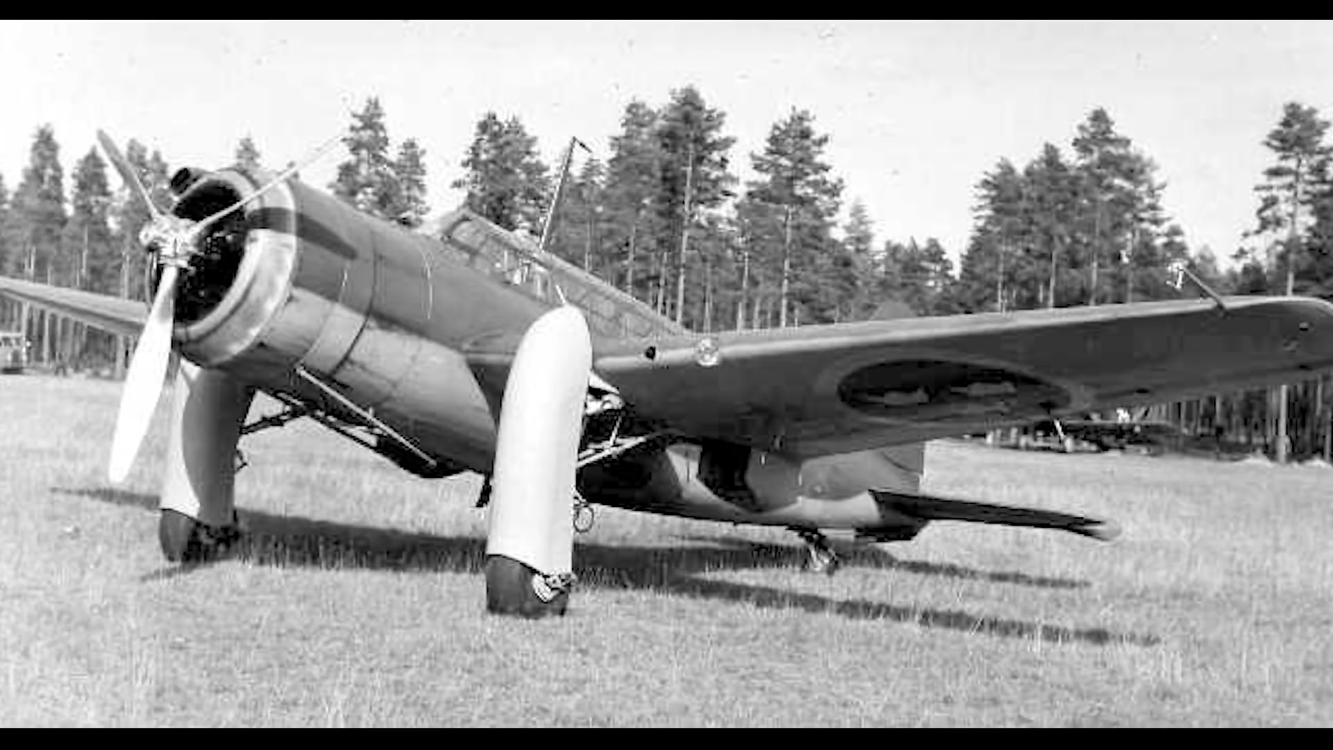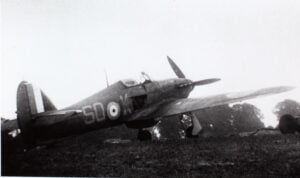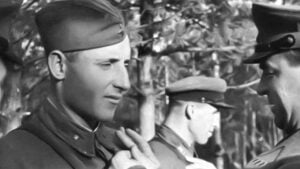Sweden’s First Modern Aircraft That Flew In WW2
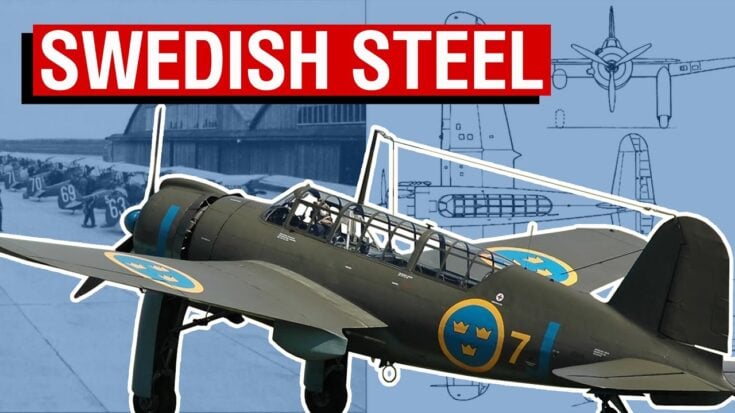
YouTube / Rex's Hangar
Design Competition and Early Development
In 1938 the Swedish Air Force sought a new reconnaissance aircraft to replace the aging Fokker S6. AFF and ASJA each submitted designs. ASJA disagreed with AFF’s approach and began its own project, strengthened by nearly fifty American engineers hired during 1938 and 1939. Their expertise advanced the design before they were recalled to the United States at the start of the war in Europe. Even with that setback, the work they completed proved valuable.

The Air Force selected ASJA’s design and awarded AFF a contract for two prototypes. Development slowed when the American engineers departed, which forced Saab and ASJA to fill gaps with less experienced staff. Both prototypes were completed in spring 1940. The first flew on 18 May 1940 and was powered by an 800 horsepower Nohab Bristol Mercury engine. The second used a 1065 horsepower Pratt and Whitney Twin Wasp.
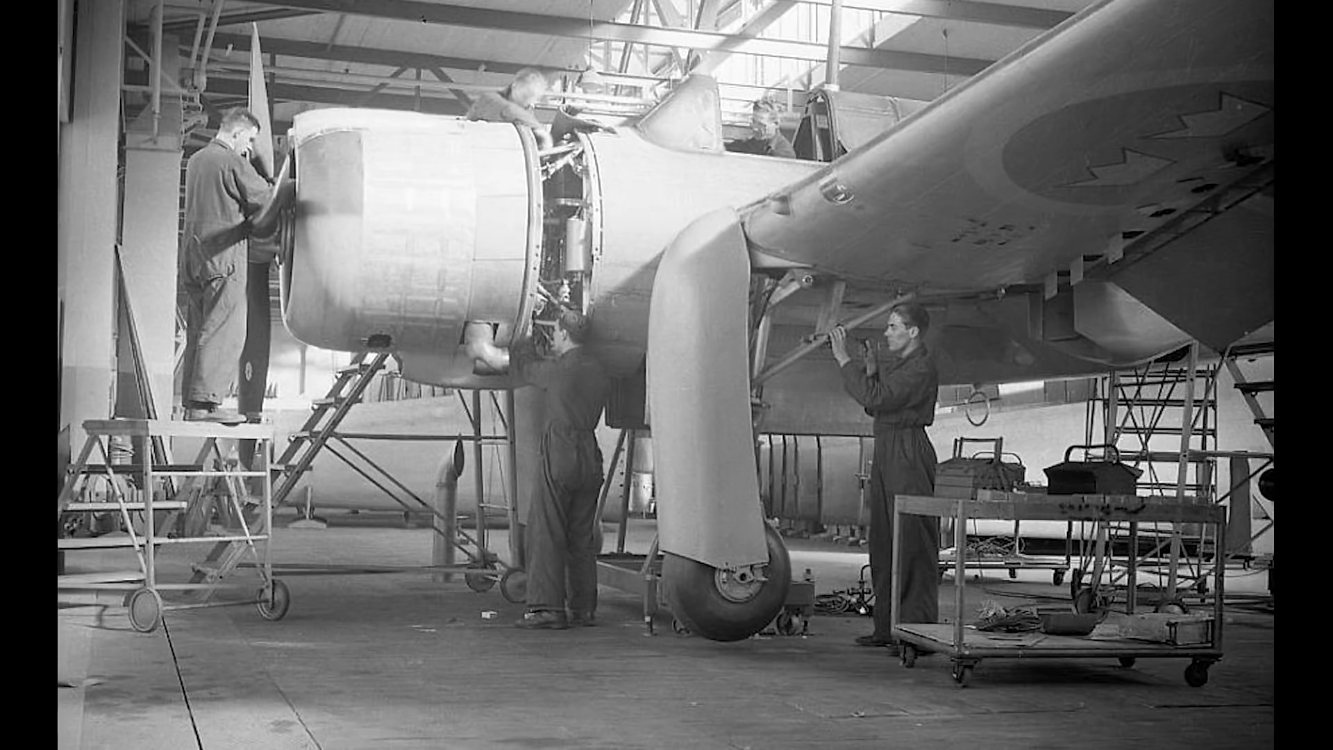
Structure and Capabilities
The aircraft was a mid wing, all metal monoplane built with flush riveting to reduce drag. It carried a crew of two under a high visibility canopy. The fuselage was designed without internal gear bays to maintain strength. The main landing gear folded against the wing and was covered by metal fairings that also functioned as airbrakes during dive attacks.

The Saab 17 could operate on wheels, floats, or skis. Its standard armament consisted of two fixed 8 mm wing guns and a flexible 8 mm rear gun. The internal bay could carry a single 250 kilogram bomb or multiple smaller bombs and the wings supported additional racks. Early test aircraft included a mechanism that lowered an external 500 kilogram bomb away from the propeller arc, although later equipment made this unnecessary.
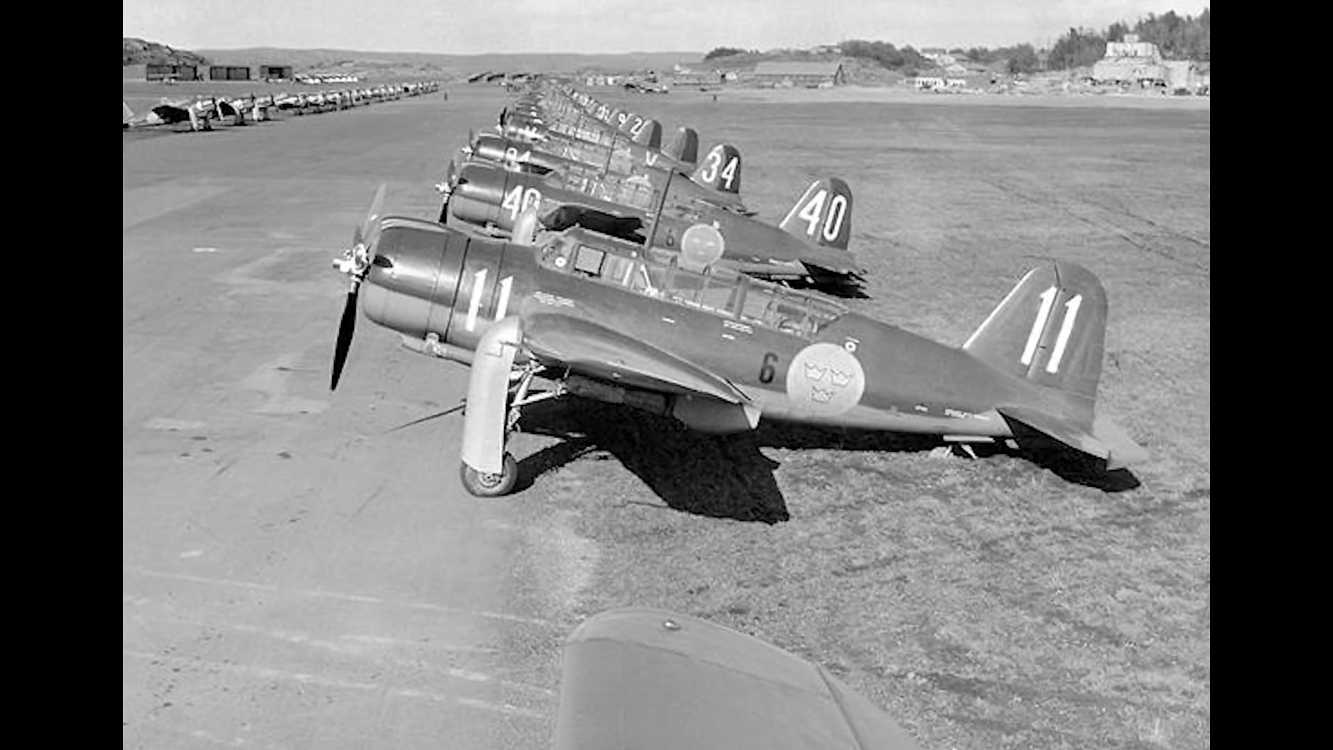
Production Models and Engines
The first production orders arrived in late 1940 for S17 reconnaissance aircraft. More orders followed in 1941 and expanded to include B17 light bombers. Engine shortages complicated production. Saab had intended to use the Twin Wasp widely, but deliveries were limited. This forced the company to start production with the Mercury powered B17B. Sweden also secured a supply of Piaggio P11 engines for the B17C. The Twin Wasp powered B17A became the final variant to enter service.

The first production aircraft flew in December 1941. Deliveries continued until autumn 1944. The B17A measured 9.8 meters in length with a wingspan of 13.7 meters and reached 435 kilometers per hour at maximum speed. It offered a range of 1800 kilometers and a modest loaded weight of 3970 kilograms.
Operational Use During and After the War
Six Swedish wings operated the Saab 17 from 1942 onward. Sweden’s neutrality kept the aircraft from combat, although Danish forces trained on it in case German troops in Scandinavia refused the surrender order in 1945. The aircraft soon became outdated and left frontline service in 1948.
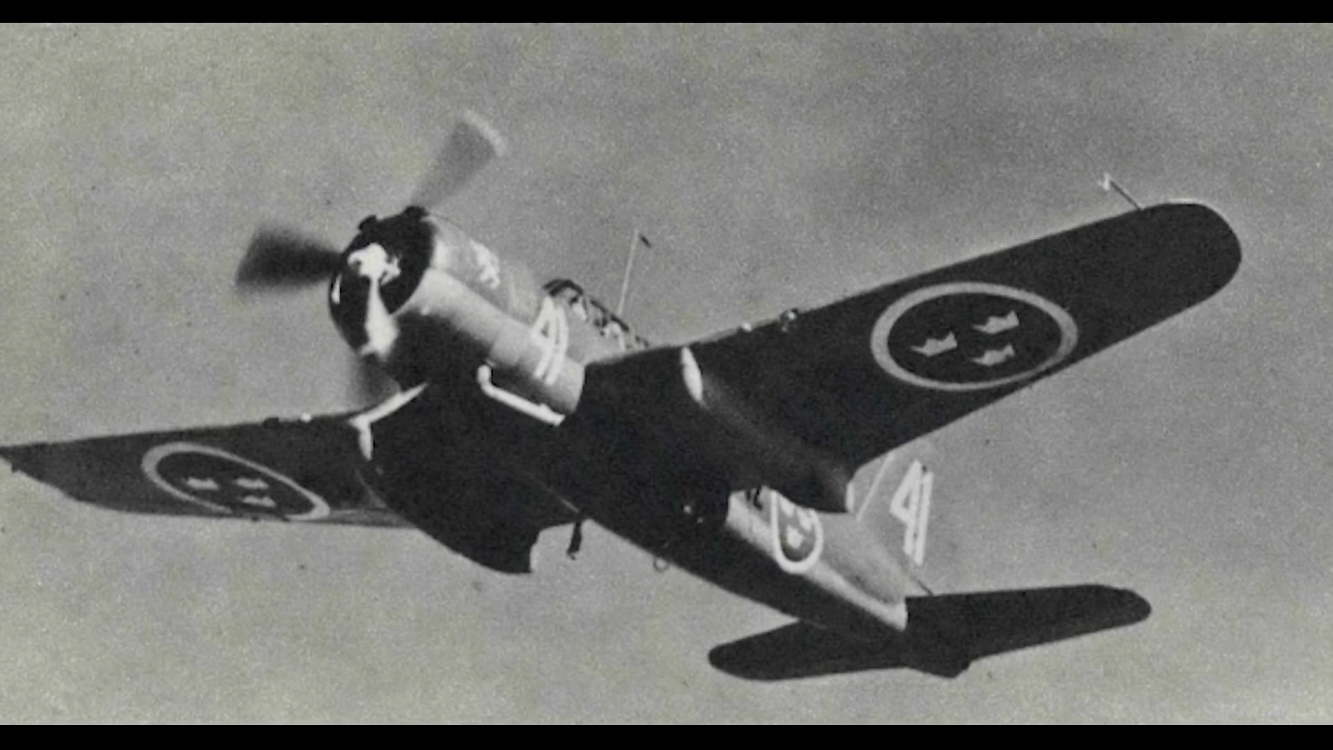
A second chapter began in Ethiopia. From 1947 to 1953 the Ethiopian Air Force acquired forty seven Saab 17As. The aircraft handled rough terrain well and outlasted more modern types received later. Some Ethiopian aircraft remained in service into the 1970s.
Later Civilian Roles
Several Saab 17s also entered civilian use. Starting in 1951, target towing variants operated under Swedish civil registration. Seaplane versions served briefly between 1949 and 1951 and a few aircraft were exported to Austria and Finland. A number of examples survive today, including one maintained in flying condition at the Swedish Air Force Museum.
